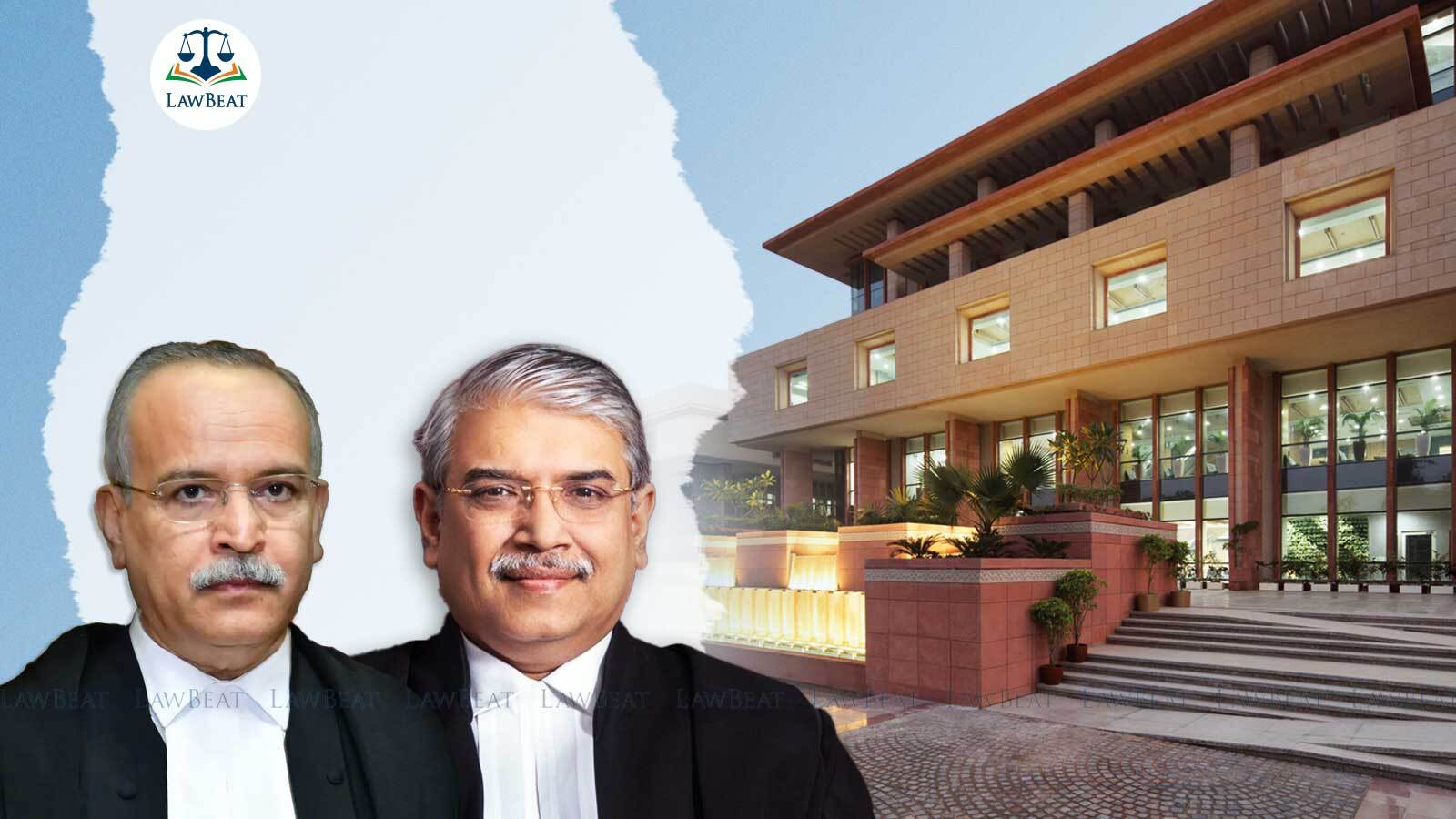“Not in Violation of Art.14”: Delhi HC upholds Constitutional Validity of Chapter II of SARFAESI Act, 2002

A division bench while upholding the Constitutional validity of Chapter II of the SARFAESI Act, held that it is “not manifestly arbitrary” and is “not in violation of Article 14” of the Constitution of India.
A division bench of Chief Justice Satish Chandra Sharma and Justice Subramonium Prasad of the Delhi High Court, on Friday, upheld the constitutional validity of Chapter II of the Securitisation and Reconstruction of Financial Assets and Enforcement of Security Interest Act, 2002 (SARFAESI).
The bench observed that Chapter II of the SARFAESI Act is "not manifestly arbitrary" and is "not in violation of Article 14" of the Constitution of India.
The division bench was hearing a plea seeking to strike down Chapter II of the SARFAESI Act for failing to provide an avenue of judicial redress for Asset Reconstruction Companies (ARCs) who have defaulted on their statutory obligations, including borrowers.
The plea also sought directions to the Central Government to exercise Section 38(1) of the SARFAESI Act (requiring the central government to make rules for carrying out the provisions of the Act) to provide legal remedies to borrowers to enforce Chapter II of the Act in its letter and spirit.
Additionally, the plea sought directions to the Reserve Bank of India (RBI) to amend the Securitization Companies and Reconstruction Companies (Reserve Bank) Guidelines and Directions, 2003 to include provisions stating that defaulting ARC companies, and to include registration of ARCs will not be entitled to proceed and will lose their rights to enforce security under the provisions of the SARFAESI Act.
Advocate Anuj Jain for the petitioner contends that Chapter II of the SARFAESI Act and the RBI Guidelines, 2003 do not provide for any judicial remedy unlike Chapter III of the Act, and in the absence of a judicial remedy, Chapter II of the SARFAESI Act deserves to be struck down.
Jain also contends that Chapter II of the Act contains provisions for the regulation of securitization and reconstruction of financial assets of banks and financial institutions and that no guidelines have been developed to ensure proper regulation by ARCs. He claims that the majority of ARCs do not follow the guidelines established for this purpose and that the RBI does nothing to ensure that the maximum value of assets is obtained.
Jain further contends that in absence of a judicial remedy by the borrower complaining about the malpractices committed by the ARCs, Chapter II as a whole would become manifestly arbitrary as each ARC follows its own procedure, which varies on a case-by-case basis, putting borrowers at a distinct disadvantage. He further relies on the decision in the Shayara Bano case and argued that Chapter II of the Act is "manifestly arbitrary".
Jain argues that Chapter II of the SARFAESI Act violates the principles enshrined in Articles 14, 19, and 21 of the Indian Constitution because the procedure used by ACRs is not just, reasonable, or fair, and that Chapter II of the Act is thus, liable to be struck down.
Taking note of the submissions, the division bench stated that the remedy under Section 17 of the SARFAESI Act is not limited to Chapter III of the Act, and the DRT has the authority to investigate the secured creditor's compliance with other provisions of law, not just the provisions of the SARFAESI Act and rules framed thereunder. It is an expeditious and effective remedy available to borrowers and provides reasonable protection for their interest.
The bench added that the borrower cannot approach the RBI as a regulatory body to determine whether an ARC's actions are in accordance with the SARFAESI Act and permitting a borrower to approach RBI to adjudicate such claims under Chapter II would be against the scheme of the Act.
The court noted that the petitioners failed to show that the legislature acted arbitrarily or irrationally, or that any of these provisions are excessive or disproportionate and opined that, “the provisions of the SARFAESI Act as a whole have been made to carry out its purpose and object, and the legislation has been enacted on rational and determined principles.”
Accordingly, while upholding the constitutional validity of Chapter II of the SARFAESI Act, the court held that Chapter II of the Act is “not manifestly arbitrary” and is “not in violation of Article 14” of the Constitution of India and that “the prayer of the Petitioners seeking a writ to strike down Chapter II of the SARFAESI Act is rejected”, the court ordered.
Furthermore, regarding the petitioners' alternative prayers, the court stated that they lack the authority to direct the Legislature or the Executive to perform legislative functions because such a direction would violate the doctrine of separation of powers.
Case Title: M/S M. Sons Gems N JJewellaery Private Limited & Ors. v. Reserve Bank of India & Ors.
